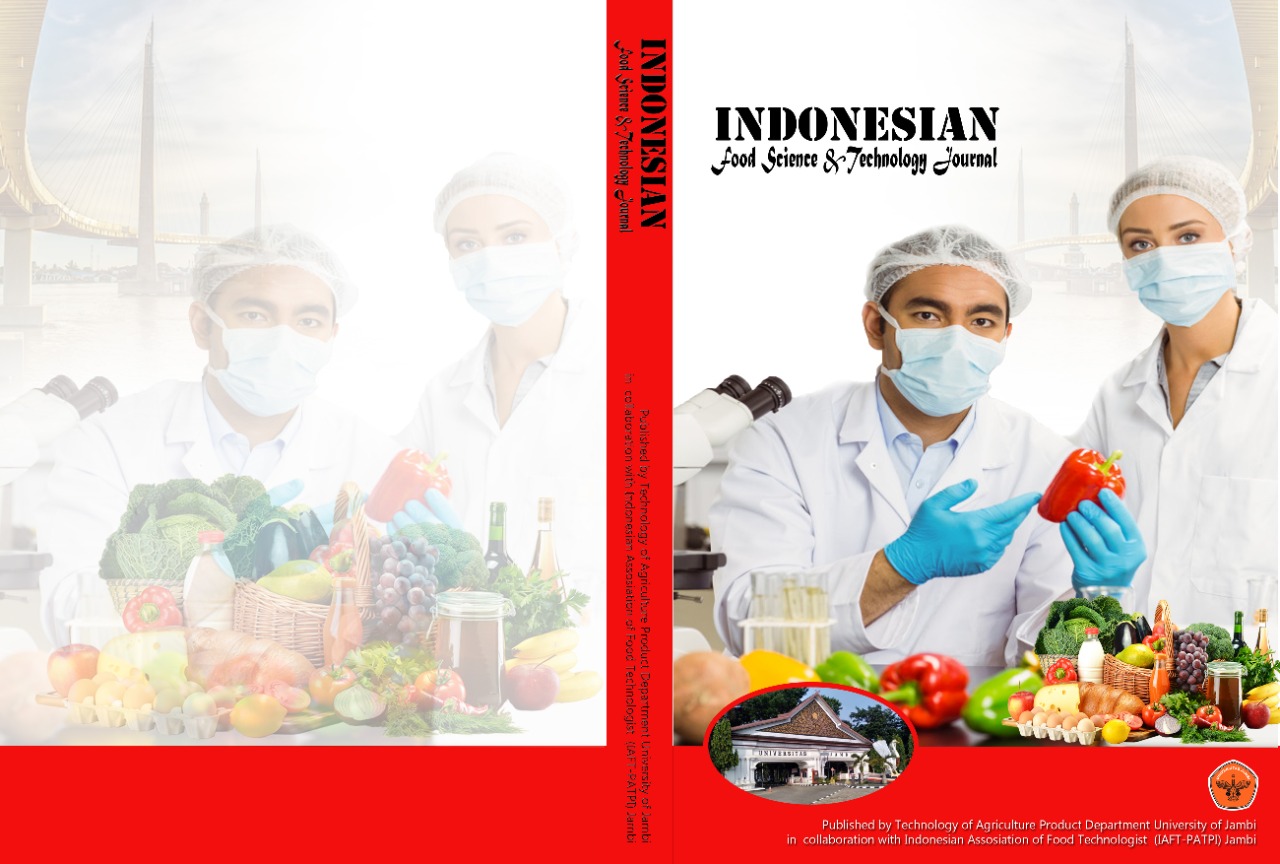Investigation of the contamination rate of guinea fowl meats and its related samples by Escherichia coli using one health approach
DOI:
https://doi.org/10.22437/ifstj.v8i1.32101Keywords:
Antibiotics; contamination; Escherichia coli; guinea fowl; resistanceAbstract
Guinea fowl meat is an important source of protein and other nutrients for humans. Their contamination by bacteria is a threat to public health and a one health approach of tackling this is warranted. This study investigated the contamination rate of guinea fowl meats and it related samples by Escherichia coli using one health approach. It also investigated the antibiotic resistance of the Escherichia coli from the guinea fowl sources. A total of 200 samples were randomly collected from guinea fowl wet markets in Ghana and the contamination of guinea fowl sources by Escherichia coli was done using the procedures in the Bacteriological Analytical Manual of USA-FDA. The disc diffusion method was used for antibiotic resistance test following confirmation by polymerase chain reaction. The contamination rate of Escherichia coli was the highest for processing knife (96.0%) and least for water from main source (28.0%). Faeces, processing floor, processor's hands, meat, water used for washing meat and processing table were all contaminated with Escherichia coli. The partial fragment analysis of uidA gene by PCR yielded a band of ~147 bp for confirmation of Escherichia coli. The Escherichia coli isolates exhibited highest resistance to ceftriaxone (60.5%), but susceptibility to azithromycin (94.7%). Intermediate resistance was highest for gentamicin (34.2%). The MAR index ranged from 0.0 (resistant to 0 antibiotic) to 0.8 (resistant to 7 antibiotics) with 24 different resistance profiles. This study confirms that some of the guinea fowl samples collected from wet market were contaminated by Escherichia coli that were resistant to some antibiotics. Appropriate handling of guinea fowl meats and it related samples considering one health from processing and sale points are recommended to prevent the spread of foodborne infections.
Downloads
Downloads
Published
How to Cite
Issue
Section
License
Copyright (c) 2024 Indonesian Food Science and Technology Journal

This work is licensed under a Creative Commons Attribution 4.0 International License.







